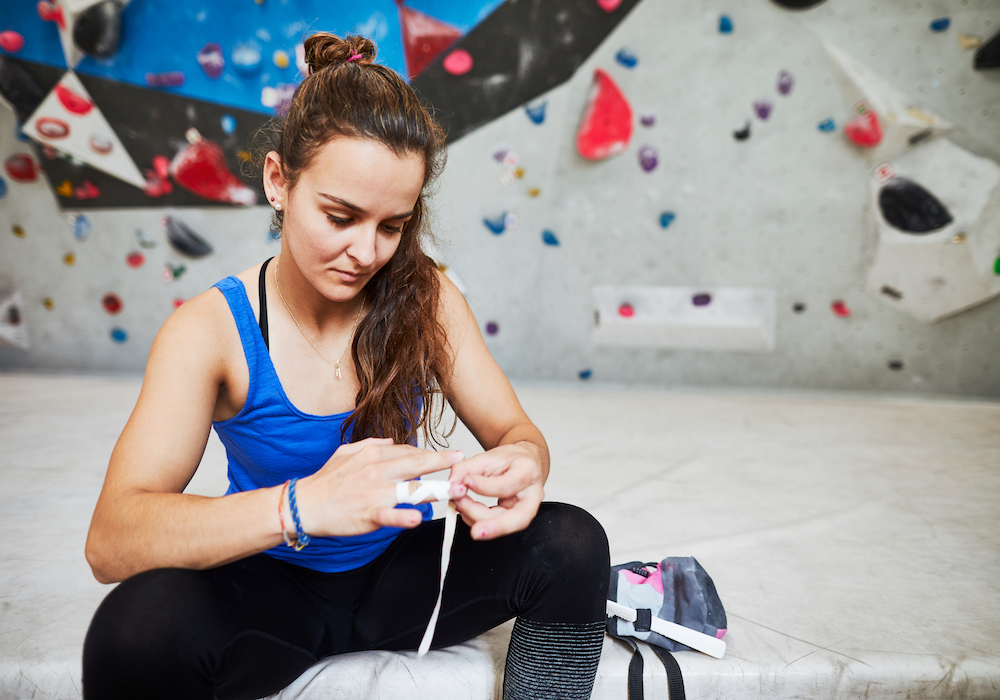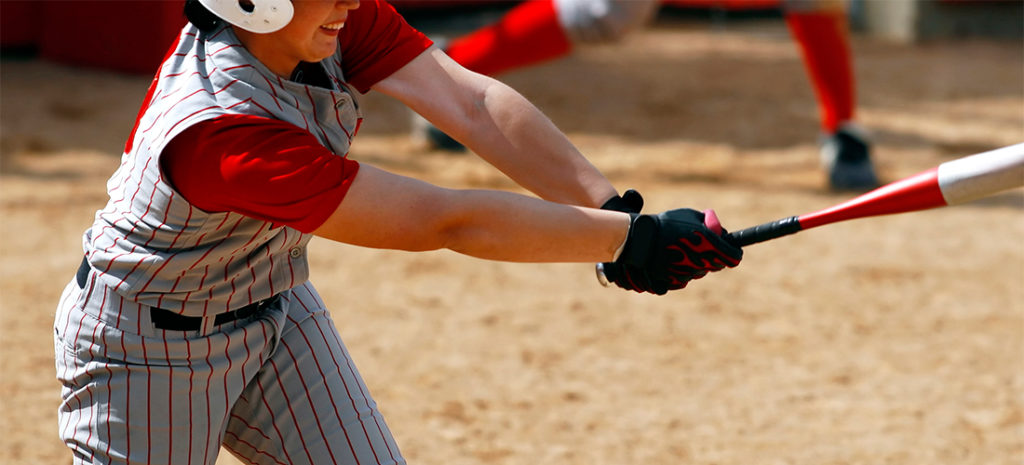THIS ARTICLE IS PART OF THE ULTIMATE GUIDE TO SPORTS MEDICINE
If you are looking for an adventurous and challenging workout, rock climbing may be for you. According to The National Digest, rock climbing has experienced a surge in popularity with the opening of rock climbing indoor gyms. If you are looking to increase your heart rate and burn calories, rock climbing is an extremely intense mental and physical workout.
FIND INDOOR ROCK CLIMBING GYMS NEAR ME
What are rock climbing benefits?
Rock climbing can provide many benefits to your mind and body.
Some of the health benefits include:
- Full body workout
- Improves stamina and endurance
- Improves balance and cardio fitness
- Focuses the mind, providing a great distraction from other things
- Promotes stress relief
- Promotes ambition and personal challenge
Because there isn’t power steering in Zach’s car, he believes that rock climbing helps with his grip strength.
“Climbing helps racing in a lot of different ways,” said Zach. “The most obvious reasoning being it’s a great way to stay in shape. It allows me to build a very sound core. The part of climbing that benefits me the most is something that’s not so obvious to see. It’s a moving meditation for me, each move is slow and rhythmic which allows me to rebalance after going 230mph. It’s a battle that’s fought mostly within, managing fear and weighing risk over reward. It’s a great tool to help sharpen the mind for anything you may find yourself doing in life.”
What are the most common rock climbing injuries?
Rock climbing overuse injuries are common whether you climb indoors or enjoy outdoor climbing.
“The most common rock climbing injury to the hand is an overload to the finger tendons,” said Dr. Dicke. “This can be from the fingertip grips while climbing and can cause a rupture of the restraining pulleys inside the palm and lower finger leading to bowstringing of the tendons. Most commonly, there is not a complete pulley rupture but can cause lingering soreness on the palm side of a finger making it difficult to grip or hold.”
Some common rock climbing injuries are:
Upper Extremities
- Shoulder injuries: Rotator cuff muscles strains or SLAP tears
- Elbow injuries: Elbow tendonitis, tennis elbow and Golfers elbow
- Wrist and hand injuries: Wrist ligament sprains and strains
Lower Extremities
- Knee: Falls damaging meniscus or tendons or ligaments of the joint
- Ankle: Repetitive falling leads to sprains or fractures
Zach has also experienced rock climbing injuries. “The most common climbing injury I tend to get is skin-related on my hands,” said Zach. “As you spend days out on very abrasive rock with sharp edges, you tend to wear the skin down on your finger pads which then leads to them opening up. Over time calluses form and this problem goes away, but the best remedy is having a good skincare routine regardless. My favorite thing to use is called Rhino Skin, it helps moisturize dried hands from the chalk we use as well as harden the skin to toughen it up.”
MAKE AN APPOINTMENT WITH AN ORTHOINDY SPECIALIST NEAR ME
How do you prevent rock climbing injuries?
If you are a rock climber, being aware of how to keep yourself safe while climbing can help prevent injuries.
- Warm-up before you climb. A good warm-updilates your blood vessels and ensures your muscles are supplied with oxygen. It also raises your muscles’ temperature for optimal flexibility and efficiency.
- Wear appropriate rock climbing equipment. It’s important to invest in the appropriate rock climbing shoes, so they won’t slide around on your feet. It also provides edging stability that doesn’t rely only on the rigidity of your foot.
- Use skin balm on your fingers to prevent blisters.
- Take rest days. Listen to your body when you’re tired to help prevent overuse injuries.
- Improve your technique. Using proper technique decreases your chance of injury, so you’re putting stress on the right parts of your body and not overcompensating in other areas.
- Cross-train. Cross-training can help build and work other muscles that aren’t used when you’re rock climbing and allows other muscles to rest to prevent an overuse injury.
When injuries can’t be prevented, you can walk into an OrthoIndy Urgent Care or schedule an appointment with an OrthoIndy sports medicine doctor.
Zach knows that resting is important for preventing injuries.
“Our bodies only rebuild and get stronger during the resting stage after hard climbing,” he said. “Be sure to listen to your body, particularly your fingers. If you feel you might be straining a finger and feel pain while putting pressure on it, end your session there. You’ll be back to climbing sooner by stopping that day instead of continuing on and making it worse.”
Learn more about OrthoIndy sports medicine.
Schedule an appointment
Your well-being is important to us. Click the button below or call us to schedule an appointment with one of our orthopedic specialists. If your injury or condition is recent, you can walk right into one of our OrthoIndy Urgent Care locations for immediate care. For rehabilitation and physical therapy, no referral is needed to see one of our physical therapists.





